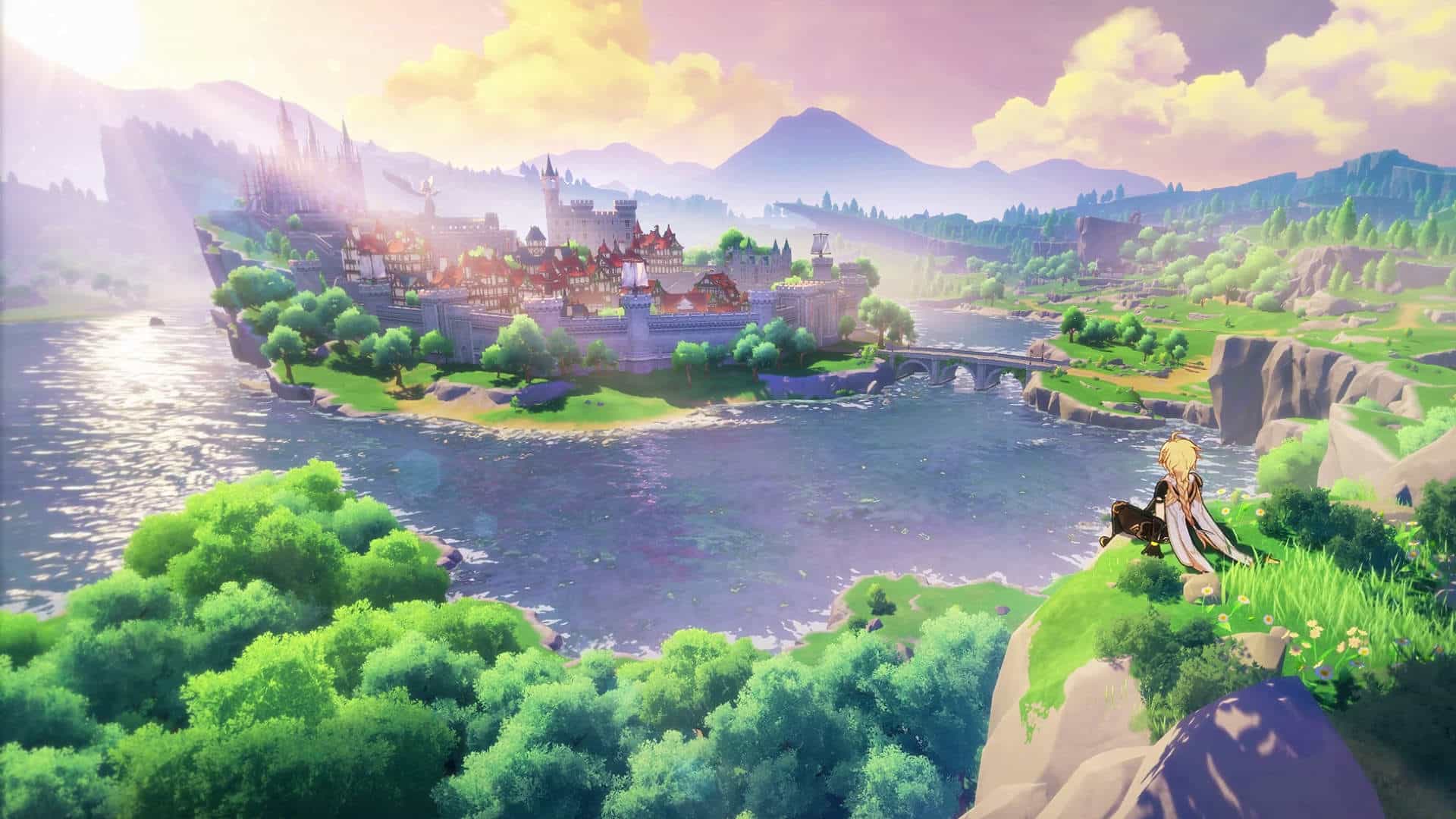The gachapon genre has a history that predates video games by quite a bit. The concept comes from vending machines that would dispense small capsules containing collectable toys, and the name is derived from the sound the entire process makes. It has always been in some way tied to a gambling-like blind box or lottery system, as customers can’t control what they receive from the machines. But there’s always the chance of getting an item worth much more than what you paid due to rarity in the collector’s market. In that way the video game experience can mimic traditional gambling, and it’s been amazingly lucrative for companies that don’t mind sacrificing gameplay to take advantage of people with weaker impulse control.
Genshin Impact makes use of those same mechanics and as a free-to-play game has to date already made back its development cost, grossing over $100 million. Yet not once in my now 30+ hours of playtime have I felt disadvantaged by not spending money.
Though microtransactions are considered commonplace today — especially in the mobile market — I exceptionally rarely buy into those economies myself. Games that reward you for spending real money or sell you the virtual equivalent of pulling a slot machine aren’t my cup of tea. I’ve instead championed titles that make any microtransactions purely cosmetic, even if they make them harder to get via loot boxes. I’ve learned to live with them in a lot of my favorite games so long as they manage to stay out of the way of the gameplay.
Gacha games mix the monetary element with the core progression of the game — which is a massive red flag based on its description. Fire Emblem Heroes for example is the mobile spinoff of the Fire Emblem series, one of my favorite turn-based tactics games. The units you normally add to your party through story progress are “summoned” using in-game currency that you collect through daily logins, completing missions, or paying real money to obtain. While the game is a simplified version of the series, I found it fun, yet I couldn’t meaningfully complete some missions without stronger units that were gated by the gacha system. Yes, there are free ways to power up whatever units you do have, but these were usually time-consuming and grind-heavy in nature.

Trading time for money is the crux of the free-to-play market and a compromise that has become increasingly accepted. Genshin Impact bucks that trend with the most elegant solution imaginable: It’s more game than gacha. If Genshin Impact removed all of its live-service and gacha elements but changed nothing else about its gameplay, it would still function as a beautiful anime and Breath of the Wild-inspired action RPG. It would still house hundreds of hours’ worth of content and, most of all, would still be incredibly fun.
In many other gacha games, progress is usually tied to characters or items, both having varying levels of rarity that translate to their usefulness. In-game currency can be earned and spent on chances to get the characters or items you want or need to make progress, but the ones that you don’t need become trash or resources you can pool for some other purpose. Real money can be spent to buy the game currency in larger amounts, affording you more chances and pushing those with addictive tendencies into spending until they get the thing they want, no matter how long it takes or how much it costs.
That danger does exist in Genshin Impact. The allure of cool new powerhouse characters and weapons, regardless of their necessity for completing the game, can be enough to trigger that gambling-like behavior. For some people, there’s no perfect version of a gacha game. For me though, this system has felt like more of a booster pack that helps me level up the characters in my roster along with their weapons. Occasionally I’m pleasantly surprised by a brand new addition thanks to guaranteed 4-star or higher pity rolls for every tenth attempt. But those previous nine rolls are far from useless.

Everything you find in the world and pull from “wishes” — Genshin Impact’s equivalent of “summons” — can be fed into items you’re using to power them up. Duplicates of the same item can boost a specific stat for it directly, and duplicate characters become a rare extra skill point you can use to unlock additional special abilities for that character. Even if after getting a character you find you don’t like, you can use them to complete expedition missions that farm materials for you. It’s essentially sending boring characters off to the mines, and while it may not resolve the feeling of disappointment you get from a bad “wish,” it’s some way to make them useful. That gives me the impression that miHoYo is being extra considerate of the player.
It’s that thoughtfulness to the player experience that makes me want to put money into the gacha system or battle pass. Not because I’m desperate to add Venti to my party, which I am, but because it only feels fair. I’ve been enjoying every second of my time in Genshin Impact’s world. It’s an experience I may not have cared to try out had I needed to pay full retail price for it based solely on perception and description.
That would have been my loss because it’s absolutely worth $60, yet it’s free and never forces you to spend anything to get the core experience of its gameplay loop. A free-to-play game that treats monetization as secondary to its gameplay experience is risky, but its becoming a massive success as a result is something I hope other studios in the industry pay attention to. The goodwill of a satisfied customer can and should be the goal, not getting over on your players.






Published: Oct 17, 2020 01:47 pm